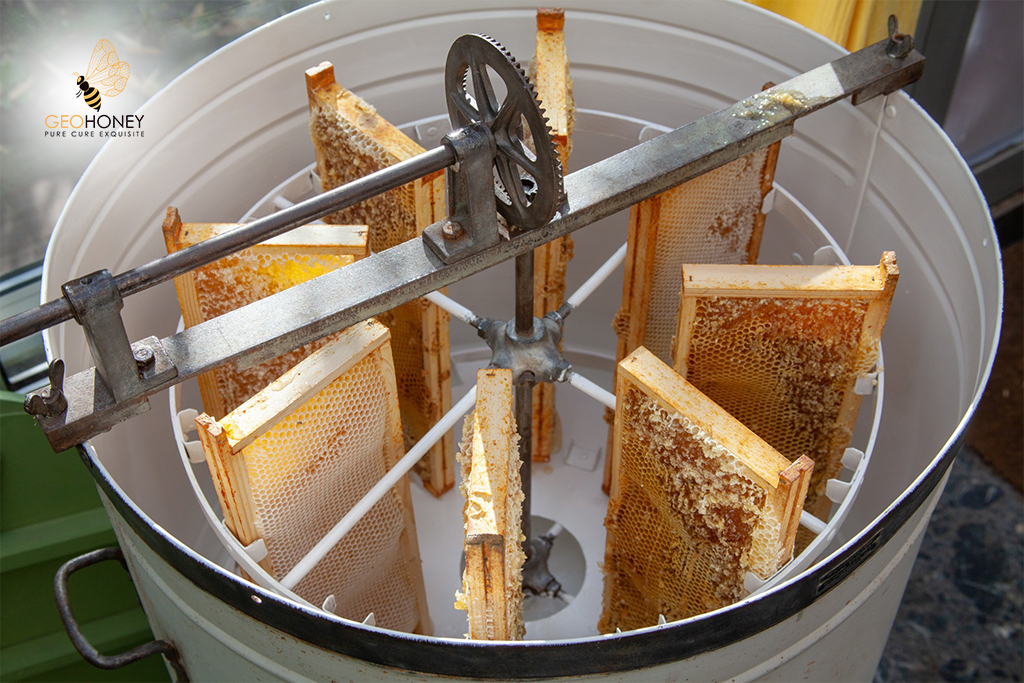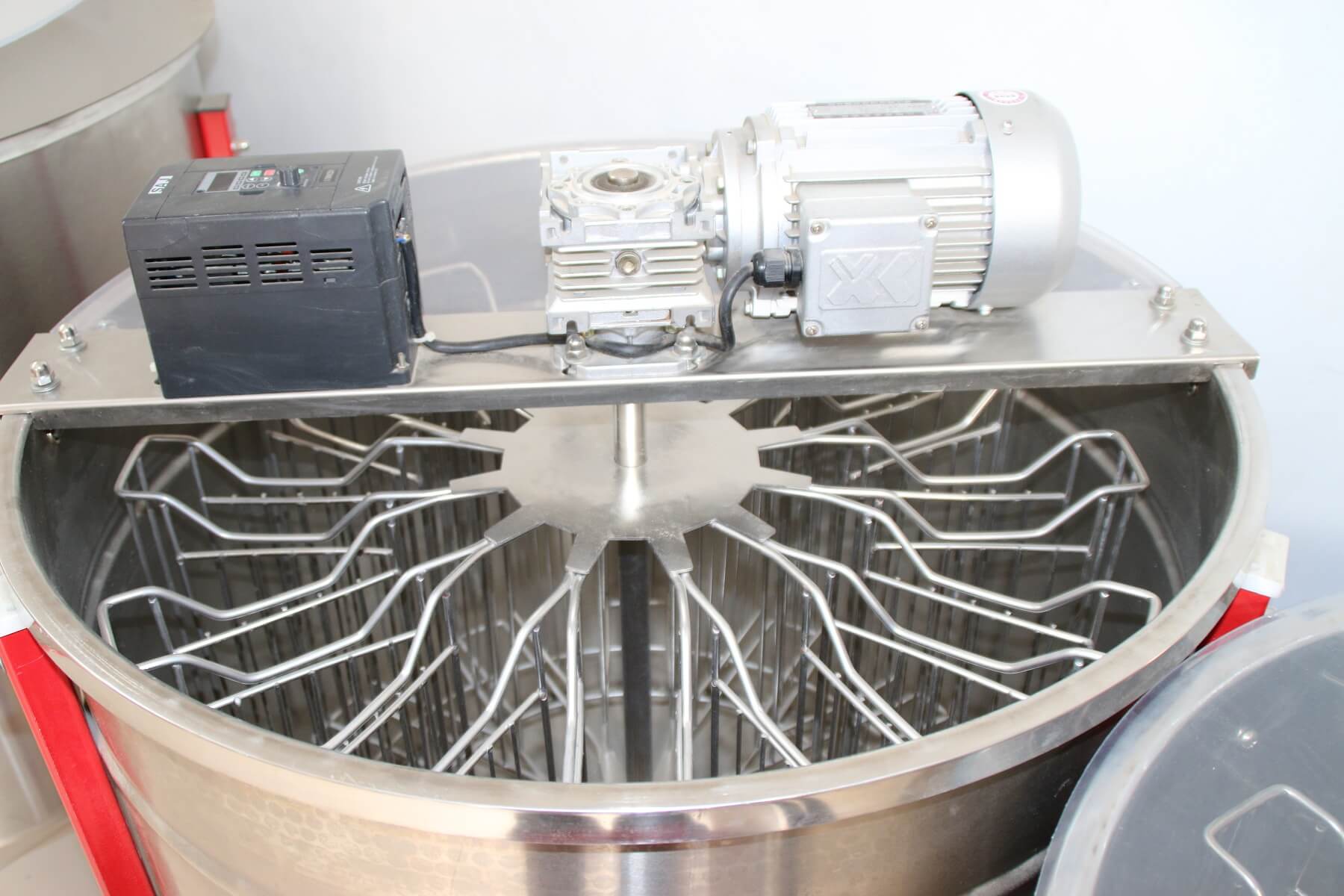
#Honey extractor manual#
The only drawback is that you have to use manual labor to operate them. If your honey harvest is small, a manual extractor will suit you just fine and could potentially save you some money. This is to prevent too much weight on either side from damaging your frames when the machine gets to work. Then switch back and pull the remaining honey from the frame. Turn it over and remove all the honey from the reverse side. The method of extraction is much the same as the standard, but tangential extractors use the specialized 50-100-50 formula.īegin by removing 50 percent of the honey on one side of your frame. If necessary, use empty frames to fill the spaces in between. When you’re inserting your frames into a tangential extractor, take care to balance them out. They’re not as common or preferred as radial extractors, but they work just as well. They pull honey from one side of your frames at a time. Tangential ExtractorsĪs the name implies, these extractors use tangential force, rather than opposition as with the radial extractors. Radial extractors pull honey from both sides of your frames simultaneously. The only thing to keep in mind is the placement of your frames. When using a radial extractor, you won’t change any of the steps above. It’s better to empty it out after every run. If extractors are too full, they don’t work as well. Pour your honey into a container from your honey gate.Your frames should be depleted after 10 minutes, give or take.You don’t want to damage your frames or ruin your honey. Try not to crank too hard, and keep an eye on motorized extractors to make sure that they’re not spinning too fast. The harder you crank, the faster your extractor will spin. Manual extractors will have a crank that you will have to rotate yourself. If it’s motorized, this will be at the flip of a switch. More often than not, your frames will be placed vertically. Each extractor will have grooves that will hold them in place. Insert your frames into the extractor.

Uncapping knives, warm knives, and hot air guns make this step easy. It’s better to remove them one by one instead of all together.
#Honey extractor how to#
All extractors will have the same premise though, so it’s easy to explain how to use them. How you operate your extractor will vary according to its type, size, and capability. If you already have one, make sure you know its specs so that you can get your money’s worth when you put it to use. If you haven’t purchased a honey extractor yet, take some time to consider which one will be best for you. How you use your honey extractor depends on the type and capacity of the machine itself. Honey extractors are useful to beekeepers who have to produce as much honey as they can, in the shortest amount of time, at the right time of year. Take a look at some of the best honey extractors here. They aren’t always worth it if you’re not returning a profit, or if your honey harvest is low. This is emphasized by the fact that honey extractors can be costly. Honey extractors are best suited to beekeepers who have intentions of selling their honey commercially. If you keep your combs separate during harvesting, you’ll have different flavors and textures. This isn’t a bad thing, but some beekeepers prefer to keep their honey unmixed. It will taste exactly the same as any other jar of extracted honey. If honey is extracted, it means that it’s been collected from different frames or combs and mixed together to form standard honey.

As they spin, they pull honey from your frames and collect it all. They’re cylinders that work by means of centrifugal force. Honey extractors are simple machines that seamlessly harvest your honey without breaking or damaging your combs.


 0 kommentar(er)
0 kommentar(er)
